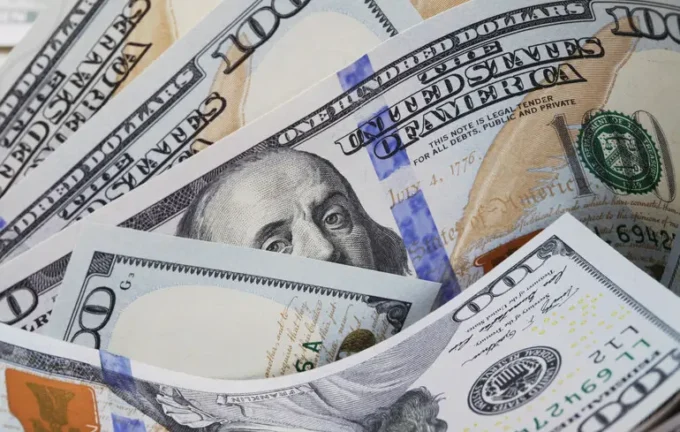Trump’s New Tariffs: The Dollar’s Best Performance in Nearly Three Years and Global Implications

Last week, the US dollar returned to the top position in the global currency markets, demonstrating its strongest performance in almost three years.
This surge was driven by extensive sanctions and new tariffs imposed by President Donald Trump against dozens of trading partners.
According to Reuters, the US dollar index, which measures the currency against a basket of six major world currencies, increased by 2.5% this week, marking its best weekly gain since September 2022.
On Friday, the index rose an additional 0.1% to 100.14, reaching its highest level since May 29.
These fluctuations confirm that the dollar is strengthening further, solidifying its position as an even more stable reserve currency amid ongoing international trade tensions.
However, not all countries remained unharmed by these new tariffs and sanctions.
The Canadian dollar depreciated against the rising tariffs, falling to 1.3872 CAD per USD — its lowest since May 22.
Meanwhile, the Swiss franc weakened to 0.8120 per dollar following Trump’s increase of import tariffs from 31% to 39%.
The euro traded near a two-month low at $1.1412, reflecting the ongoing tariff tussle between the US and Europe.
This level is close to the mid-week minimum ($1.1401) and underscores the high level of geopolitical and economic uncertainty affecting global markets.
The global trading system faces further challenges, as President Trump announced new “reciprocal” tariffs for a selected list of countries, set to come into force on August 7.
This move sparked concerns over potential disruptions in the global economy, especially after earlier reductions in tariffs to 10% in an effort to open negotiations and ease tensions.
Since April, Trump indicated he might revert to more aggressive tariff policies, and recent decisions suggest a new phase of global trade restrictions.
In summary, the situation remains tense: the dollar is strengthening, while many currencies are under pressure due to trade restrictions, which could have long-term impacts on the global economic climate.
The future trajectory of trade negotiations and diplomatic efforts will be critical in stabilizing and restoring international economic stability.

